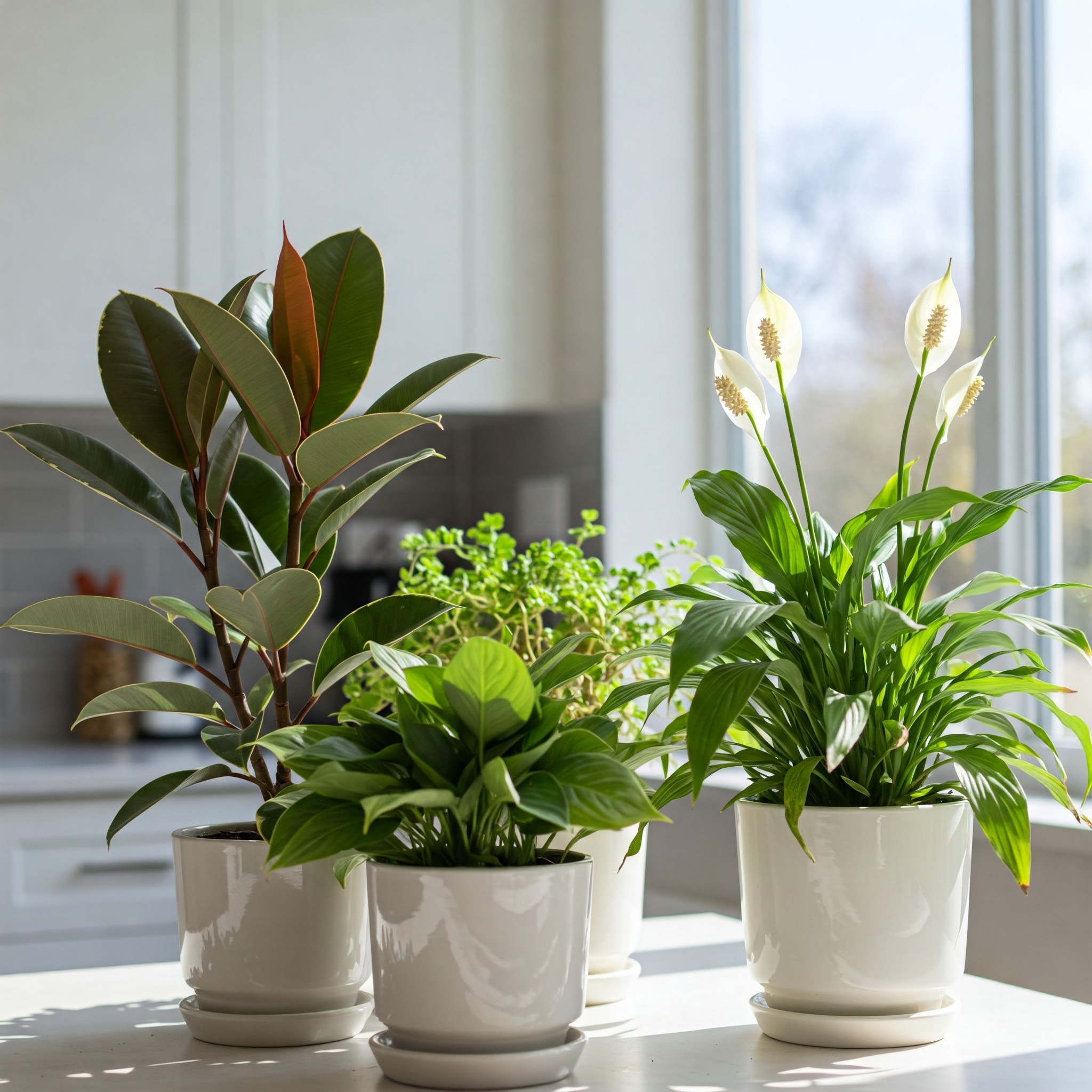Explore Pharmaceutical Formulation Companies in India – Medicef Pharma Insights
Explore leading pharmaceutical formulation companies in India through Medicef Pharma Insights. Stay informed and elevate your understanding of the market.

In our increasingly sealed modern homes, indoor air can sometimes be more polluted than the air outside. Volatile organic compounds (VOCs) off-gassed from furniture, cleaning products, and building materials, along with other airborne particles, can contribute to a less-than-ideal indoor environment. While proper ventilation remains crucial, bringing the outdoors in with houseplants has long been touted as a natural way to help cleanse the air we breathe.
The concept gained significant traction with NASA's Clean Air Study in the late 1980s. This pioneering research explored how plants could be used to purify the air in closed environments, like space stations. The study identified several common houseplants capable of removing airborne toxins such as formaldehyde, benzene, and trichloroethylene.
The science behind this natural purification lies in the plant's ability to absorb these substances through their leaves and roots. Microorganisms in the soil also play a role in breaking down pollutants. This process, in conjunction with the plant's natural photosynthesis (which converts carbon dioxide into oxygen), contributes to potentially improved air quality.
While the extent to which houseplants can purify the air in a typical, non-sealed home environment is a subject of ongoing discussion and research (some studies suggest their impact might be less significant than natural ventilation), the aesthetic and psychological benefits of incorporating greenery into our living spaces are undeniable. Furthermore, even a modest contribution to removing pollutants is a welcome one.
Here are some of the houseplants that have shown promise in air purification studies and are popular choices for enhancing indoor air quality:
Stars of the Indoor Jungle for Cleaner Air:
In our increasingly sealed modern homes, indoor air can sometimes be more polluted than the air outside. Volatile Organic Compounds (VOCs) off-gassed from furniture, cleaning products, and building materials, along with other airborne particles, can contribute to a less-than-ideal indoor environment. While proper ventilation remains crucial, bringing the outdoors in with houseplants has long been touted as a natural way to help cleanse the air we breathe.
The concept gained significant traction with NASA's Clean Air Study in the late 1980s. This pioneering research explored how plants could be used to purify the air in closed environments, like space stations. The study identified several common houseplants capable of removing airborne toxins such as formaldehyde, benzene, and trichloroethylene.
The science behind this natural purification lies in the plant's ability to absorb these substances through their leaves and roots. Microorganisms in the soil also play a role in breaking down pollutants. This process, in conjunction with the plant's natural photosynthesis (which converts carbon dioxide into oxygen), contributes to potentially improved air quality.
While the extent to which houseplants can purify the air in a typical, non-sealed home environment is a subject of ongoing discussion and research (some studies suggest their impact might be less significant than natural ventilation), the aesthetic and psychological benefits of incorporating greenery into our living spaces are undeniable. Furthermore, even a modest contribution to removing pollutants is a welcome one.
Here are some of the houseplants that have shown promise in air purification studies and are popular choices for enhancing indoor air quality:
Stars of the Indoor Jungle for Cleaner Air:
Explore leading pharmaceutical formulation companies in India through Medicef Pharma Insights. Stay informed and elevate your understanding of the market.
Explore the synergy of CO-AMOXICLAV and Lactic Acid Bacillus. Uncover their roles in promoting health and fighting infections effectively.
Discover how beta-lactam antibiotics combat bacterial infections by disrupting cell wall synthesis. Learn about their mechanisms and effectiveness today.
Explore our premium ready-to-compress granules designed for tablet formulation. Achieve optimal results in your production with our innovative materials.
Discover how we ensure quality pharmaceuticals remain affordable, making healthcare accessible for all. Explore our commitment to excellence and value.
Discover the comprehensive guide to Amoxicillin and Clavulanic Acid Sachet BP. Learn about its uses, benefits, and important dosage information for effective treatment.